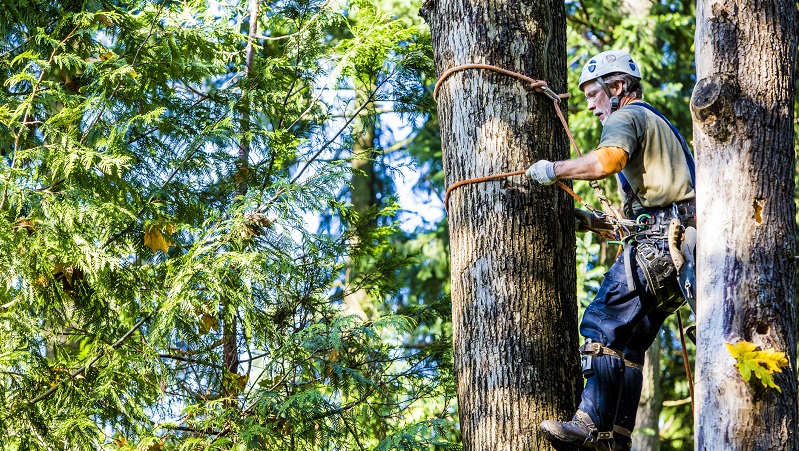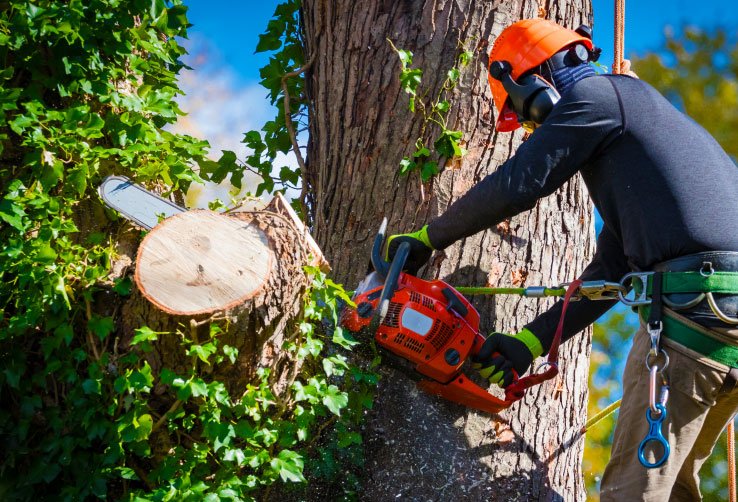Understanding the Significance of Tree Conservation and Preservation Practices in Urban Areas
In the busy landscape of urban environments, trees frequently stand as quiet guardians, giving a wide variety of advantages that extend far beyond their visual appeal. As we explore the interwoven textile of environmental, social, and financial advantages that urban trees use, it ends up being apparent that their preservation is critical for the wellness of future and existing generations.
Environmental Benefits of Trees in Cities
Trees in city locations play a vital role in offering numerous environmental benefits, adding to the total wellness of city slicker. One considerable advantage is the renovation of air top quality. Trees serve as natural filters, soaking up contaminants such as carbon monoxide, sulfur dioxide, and nitrogen dioxide, and launching oxygen into the ambience. This procedure helps in reducing the concentration of unsafe gases, making the air cleanser and healthier for citizens.

Additionally, trees add to water management by minimizing stormwater overflow and soil erosion. Overall, the ecological advantages of trees in cities are vital for producing comfortable and sustainable metropolitan atmospheres.
Social Relevance of Urban Tree Preservation
In modern metropolitan landscapes, the conservation of trees holds substantial social importance for cultivating neighborhood wellness and enhancing lifestyle. Urban tree preservation plays a vital function in producing spaces for social interaction and neighborhood engagement. Trees provide meeting place for people, such as parks and eco-friendly locations, where areas can collaborate for entertainment activities, social events, and leisurely strolls. The visibility of trees in city settings has been linked to decreased degrees of anxiety, boosted psychological wellness, and boosted feelings of health amongst homeowners. Additionally, trees contribute to the visual appeals of areas, developing visually appealing environments that improve the overall livability of city locations.

Economic Value of Tree Preservation
The conservation and conservation of city trees supply substantial economic advantages that add to the general economic wellness of cities and areas. Urban trees give a wide range of economic benefits that favorably affect neighborhood economic situations.
Furthermore, trees play Your Domain Name an essential function in minimizing stormwater overflow and alleviating the impacts of flooding, read the full info here which can lead to cost financial savings for cities in terms of framework repair and maintenance. Urban trees also add to improved air high quality by taking in toxins and launching oxygen, leading to potential financial savings in health care prices linked with respiratory health problems. By identifying and investing in the financial worth of tree preservation, cities can advertise sustainable growth, improve lifestyle, and create more durable city atmospheres.
Methods for Lasting Urban Tree Monitoring
A detailed technique to sustainable metropolitan tree monitoring entails integrating varied methods that prioritize long-term environmental health and community health. Implementing tree inventories and evaluations is crucial to understand urban tree populaces, their wellness, and upkeep needs.
Neighborhood involvement plays an essential duty in sustainable metropolitan tree administration. Informing locals about the advantages of trees, arranging tree growing occasions, and including volunteers in tree care activities fosters a sense of possession and stewardship. Cooperation in between neighborhood federal government, ecological companies, and residents is crucial to creating and applying effective tree administration plans.
Buying eco-friendly infrastructure, such as eco-friendly roofing systems and metropolitan forests, can provide numerous benefits, consisting of improved air quality, stormwater management, and metropolitan heat island mitigation. tree removal. Integrating trees right into metropolitan planning and design processes makes certain that trees are valued as essential parts of a resistant and healthy and balanced urban environment
Area Involvement in Tree Conservation
Community involvement is an essential element in fostering sustainable city tree administration practices and making certain the long-lasting health and conservation of urban tree populations. Involving the community in tree conservation efforts can bring about enhanced awareness, gratitude, and stewardship of trees within metropolitan areas. When citizens proactively join tree upkeep, preservation, and growing efforts, they establish a feeling of here ownership and satisfaction in their neighborhood setting.
Area involvement also advertises social cohesion and collaboration among homeowners, neighborhood authorities, and environmental organizations, promoting a shared responsibility for city tree preservation. By arranging tree growing occasions, academic workshops, and volunteer opportunities, neighborhoods can work together to enhance the city tree cover and develop greener, much healthier cities.
Verdict
To conclude, city tree conservation and preservation practices play a crucial role in improving the ecological, social, and financial health of cities. By recognizing the value of trees in urban locations and applying lasting administration techniques, neighborhoods can enjoy the various benefits that trees give. It is essential for stakeholders to actively join tree preservation efforts to make sure a greener and healthier metropolitan atmosphere for current and future generations.
